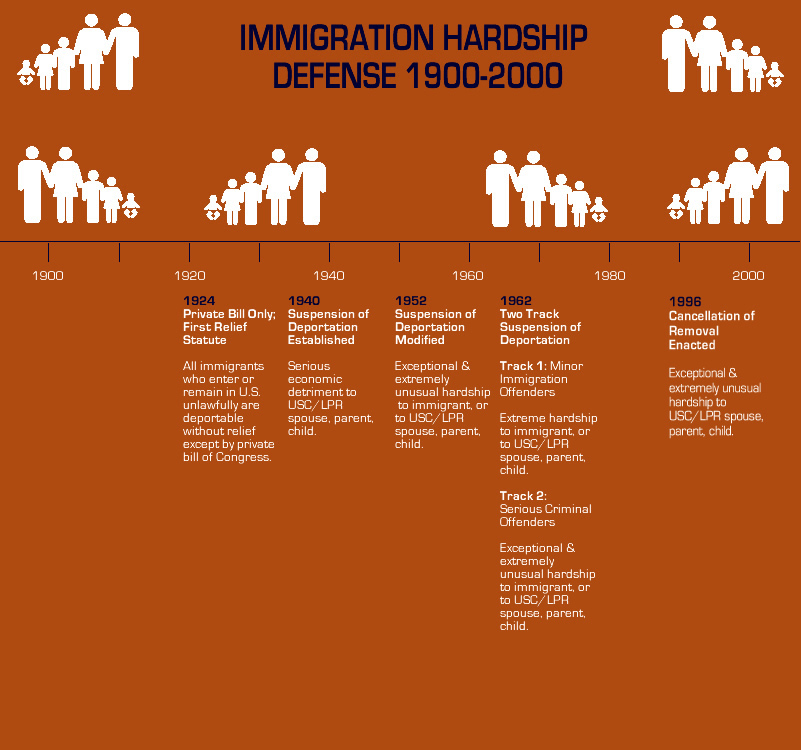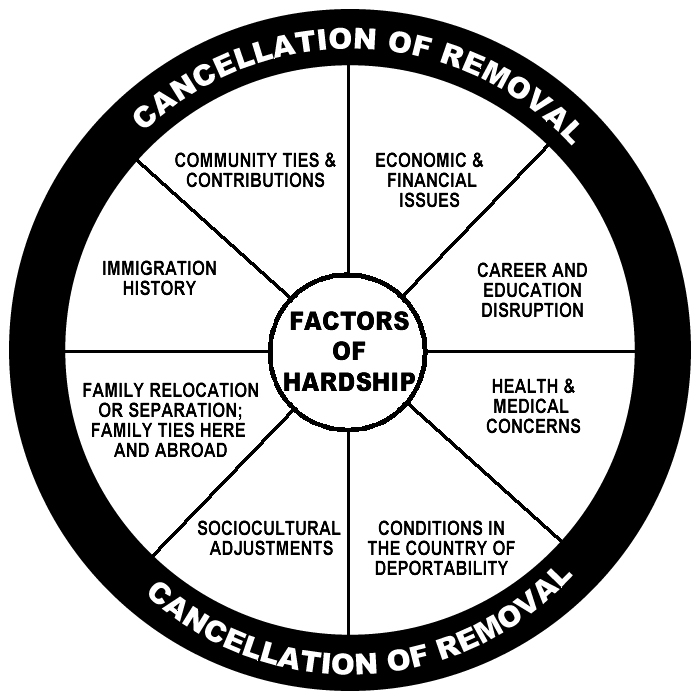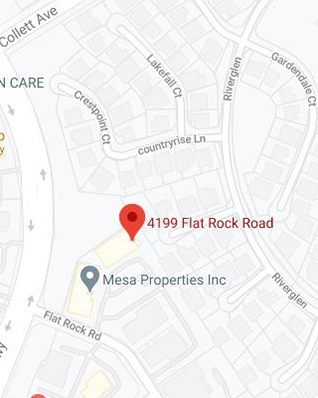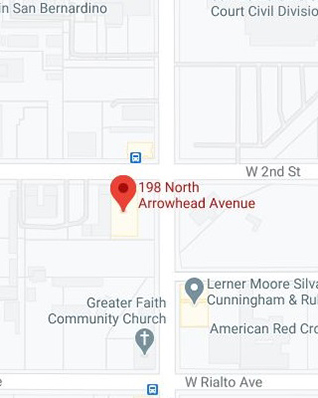This blog post is Part 4 of our Mini-Series On Cancellation Of Removal for non-lawful permanent residents, an important component of our deportation defense services.
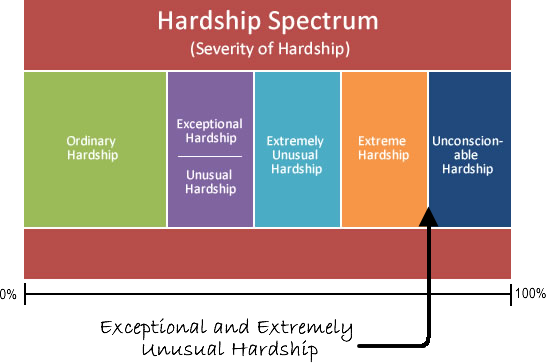
The limits of prosecutorial discretion have been revealed.
According to the New York Times, only 16% of immigrants facing deportation hearings at immigration court are being granted temporary refuge from immediate prosecution.
The suspended hearings can be reopened at any time.
Deportation proceedings in one year, two years, three years can begin anew.


